Turkey wings are a delectable and often overlooked part of the bird. While most people gravitate towards turkey breast or drumsticks, wings offer an unbeatable combination of crispy skin, tender meat, and rich flavor. Whether prepared for a holiday feast or enjoyed as part of a casual weeknight dinner, turkey wings are versatile, easy to prepare, and perfect for various palates. This recipe will guide you through a flavorful preparation of turkey wings that can be customized to suit your taste preferences. With a balance of savory spices, tender meat, and an indulgent gravy, these turkey wings will make an irresistible meal for any occasion.
Ingredients You Will Need
To create a perfectly roasted turkey wing dish, gather the following ingredients:
- Turkey Wings: This recipe calls for approximately 2-3 pounds of turkey wings. Turkey wings have rich, flavorful dark meat that becomes juicy and tender when properly cooked.
- Olive Oil: Olive oil browns the wings and adds moisture during cooking. It helps crisp up the skin while keeping the inside succulent.
- Onions, Garlic, and Celery: These classic aromatics form the base for many savory dishes. When sautéed, they release deep flavors that blend perfectly with the turkey wings.
- Chicken Broth or Turkey Stock: Adding broth keeps the wings moist while cooking and serves as the base for a flavorful gravy. It’s best to use low-sodium broth so you can control the seasoning.
- Herbs and Spices: Fresh thyme, rosemary, paprika, and black pepper are essential for adding layers of flavor. They complement the richness of the turkey wings without overwhelming their natural taste.
- Flour: This thickens the gravy at the end, creating a smooth, luscious sauce to accompany the turkey wings.
Step-by-Step Instructions
- Preheat the Oven
Before preparing your turkey wings, preheat your oven to 375°F (190°C). A hot oven ensures the wings cook evenly and develop a crisp, golden skin.
- Season the Turkey Wings
In a large bowl, place your turkey wings and drizzle them with olive oil—season generously with salt, black pepper, paprika, fresh thyme, and rosemary. Toss the wings until they are fully coated in the seasoning mix. This enhances the flavor and helps create that beautiful golden crust during roasting.
- Sauté the Aromatics
Warm a tablespoon of olive oil in a large, ovenproof skillet set over moderate heat. Once the oil is shimmering, add the chopped onions, garlic, and celery to the pan. Sauté the vegetables for 5-7 minutes until they become soft and translucent. This forms the base of the dish and infuses the turkey wings with a subtle sweetness and depth of flavor.
- Brown the Turkey Wings
After the vegetables have softened, push them to the edges of the skillet and add the turkey wings, skin-side down. Sear the wings for about 5 minutes on each side until golden brown. Browning the wings at this stage enhances their flavor and ensures a crisp texture. After the wings are golden and crisp, carefully transfer them from the skillet and set aside.
- Deglaze the Pan
To capture the rich flavors left behind in the skillet:
- Pour in a cup of chicken broth or turkey stock.
- Use a wooden spoon to scrape up the browned bits from the bottom of the pan—this adds depth to the gravy and prevents any flavors from going to waste.
- Gently heat the broth until it begins to simmer, allowing it to thicken as the liquid reduces gradually.
- Roast the Turkey Wings
Return the browned turkey wings to the skillet, nestling them among the sautéed vegetables. Pour additional chicken broth over the wings until partially submerged in the liquid. Cover the skillet with a lid or aluminum foil, then place it in the oven that has been preheated. Roast the wings for 1.5 to 2 hours, basting them with the pan juices every 30 minutes. Basting helps moisten the meat and ensures the wings develop a deep, savory flavor.
- Make the Gravy
Once the turkey wings are fully cooked, remove them from the skillet and set them aside to rest. To make the gravy, place the skillet with the cooking liquid and vegetables over medium heat. Whisk in a tablespoon of flour and stir until the sauce thickens about 5 minutes. Strain the sauce to remove any solids, if desired, and season it with additional salt and pepper to taste. Serve the gravy alongside the turkey wings.
- Serve the Turkey Wings
Transfer the turkey wings to a serving platter and pour some of the gravy over them. Garnish with a few sprigs of fresh thyme or rosemary for a pop of color and added aroma. Serve with your favorite sides, such as mashed potatoes, roasted vegetables, or cornbread.
Tips for Perfect Turkey Wings
- Choose Fresh Turkey Wings: Fresh turkey wings yield the best texture and flavor. If using frozen wings, ensure they are fully thawed before cooking to guarantee even cooking.
- Baste Frequently: Basting the turkey wings with the pan juices every 30 minutes helps to keep them moist and adds flavor. It also promotes even browning and prevents the skin from drying out.
- Use a Meat Thermometer: To avoid overcooking, check the internal temperature of the wings with a meat thermometer. The wings are done when the thickest part of the meat reaches 165°F (74°C).
- Rest Before Serving: Let the wings rest for about 10 minutes after removing them from the oven. Resting the beef enables the juices to reabsorb evenly, resulting in succulent, tender bites.
Variations on Turkey Wings
One of the great things about turkey wings is their versatility. You can customize this recipe in many ways to suit your preferences. Here are a few ideas:
- Spicy Buffalo Turkey Wings: For a spicier version, coat the turkey wings in a buffalo sauce with hot sauce, butter, and a dash of garlic powder. Complement the wings with crunchy celery sticks and a tangy blue cheese dip, perfect for any game-day celebration.
- Barbecue Turkey Wings: For a smoky, sweet twist, brush the wings with your favorite barbecue sauce during the last 15 minutes of roasting. The sauce will caramelize, creating a sticky, flavorful coating.
- Lemon and Herb Turkey Wings: Brighten the dish by adding fresh lemon juice and zest to the seasoning mix. The citrus pairs beautifully with the earthy flavors of rosemary and thyme.
- Honey Garlic Turkey Wings: For a sweet and savory combination, coat the wings with honey, soy sauce, and minced garlic before roasting. The honey will create a sticky glaze, while the garlic adds a punch of flavor.
Serving Suggestions
Turkey wings pair well with various side dishes, making them a versatile centerpiece for any meal. Here are a few ideas to complement the rich flavors of the turkey:
- Mashed Potatoes: Creamy mashed potatoes are a classic accompaniment to turkey wings. The smooth, buttery potatoes perfectly contrast the crispy skin and tender meat.
- Roasted Vegetables: A medley of roasted carrots, Brussels sprouts, and parsnips adds color and flavor to the meal. The caramelized vegetables bring out the natural sweetness of the turkey.
- Cornbread: For a Southern-inspired meal, serve the turkey wings with warm cornbread. Its slightly sweet, crumbly texture is ideal for soaking up the rich gravy.
- Coleslaw: A light, tangy coleslaw adds freshness to the meal and cuts through the richness of the turkey. The crunch of the cabbage provides a nice contrast to the tender wings.
Frequently Asked Questions (FAQs)
Q: Is it possible to use frozen turkey wings for this recipe?
A: Frozen turkey wings can be used but must be thoroughly thawed before cooking to ensure even results. The best way to defrost them is by placing them in the refrigerator for a whole night.
Q: What can I use as a substitute for chicken broth?
A: If you don’t have chicken broth on hand, vegetable broth or even water with a bouillon cube can be used as a substitute. Turkish stock is also a great option if it is available.
Q: How can I tell when the turkey wings are fully cooked?
A: Turkey wings are done when their internal temperature reaches 165°F (74°C). You can also check by piercing the thickest part of the wing—if the juices run clear, they are ready to eat.
Q: Can I cook turkey wings in a slow cooker?
A: Absolutely! Slow-cooking turkey wings on low heat for 6-8 hours will result in tender, fall-off-the-bone meat. Just be sure to sear the wings before adding them to the slow cooker to lock in flavor.
Q: How long can I store leftover turkey wings?
A: Leftover turkey wings can be stored in the refrigerator for up to four days. If you want to store them longer, they can be frozen for up to three months in an airtight container.
Conclusion
This turkey wings recipe is a fantastic option for a comforting, flavorful meal that’s easy to prepare. Whether you’re making it for a special occasion or a casual dinner, the savory, tender meat paired with aromatic herbs and rich gravy will surely satisfy you. With various ways to customize the recipe and endless possibilities for side dishes, turkey wings are a versatile addition to your cooking repertoire.

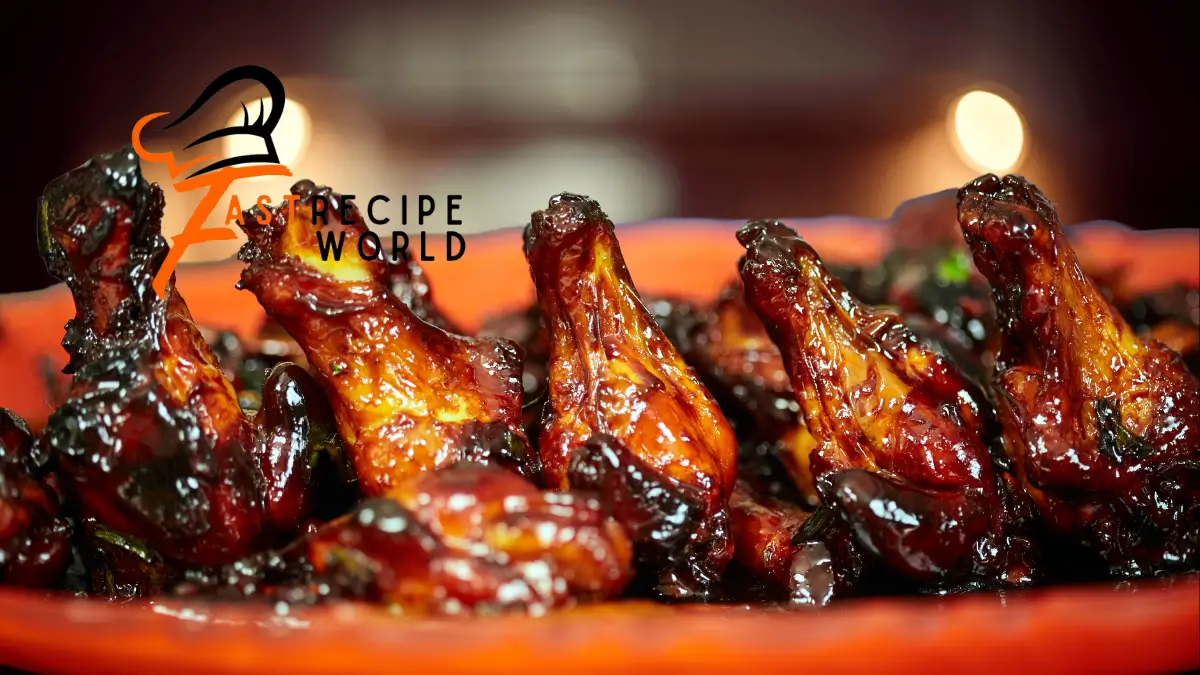


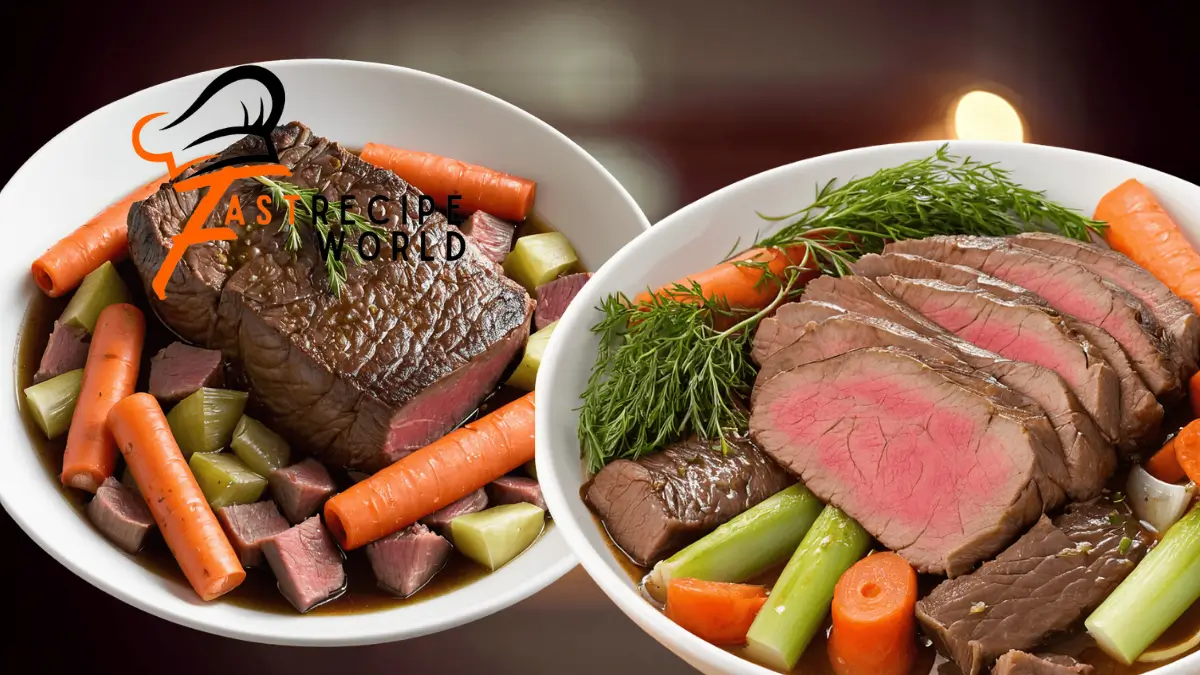
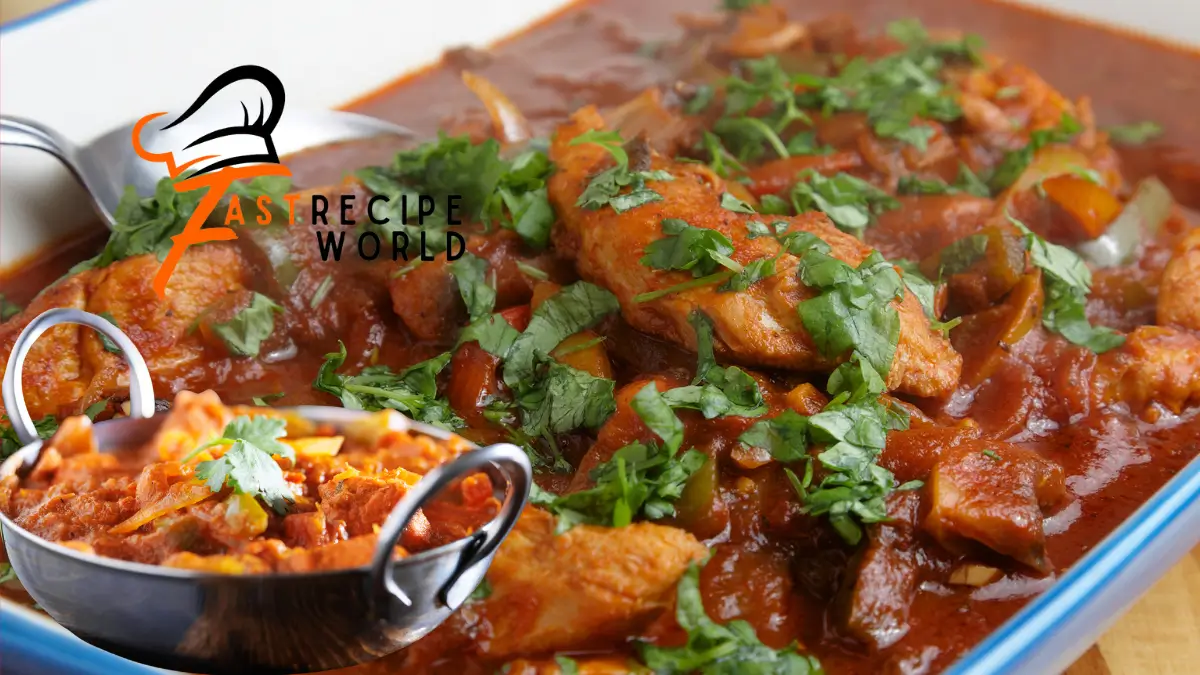
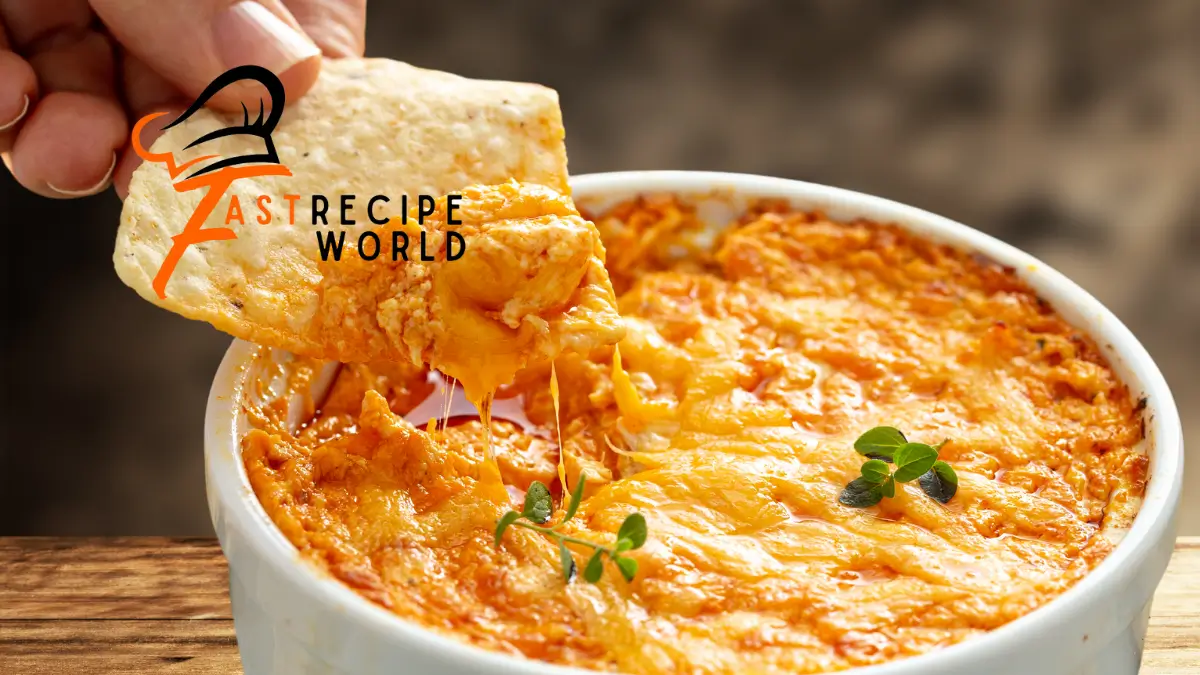
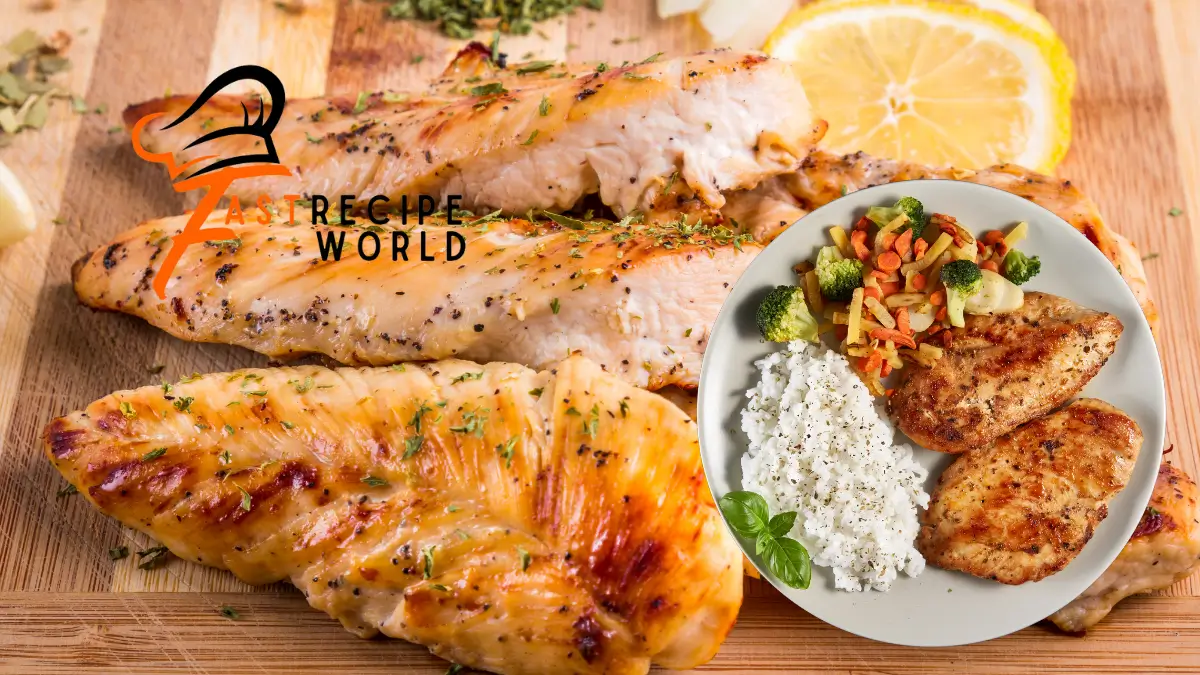
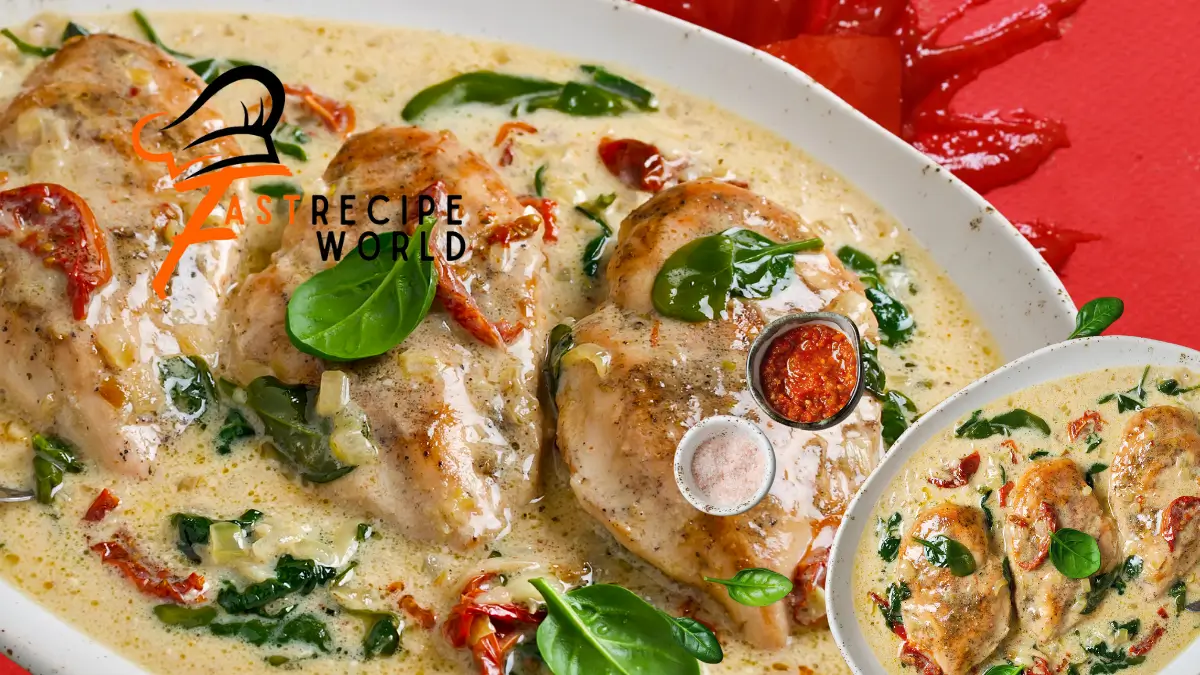
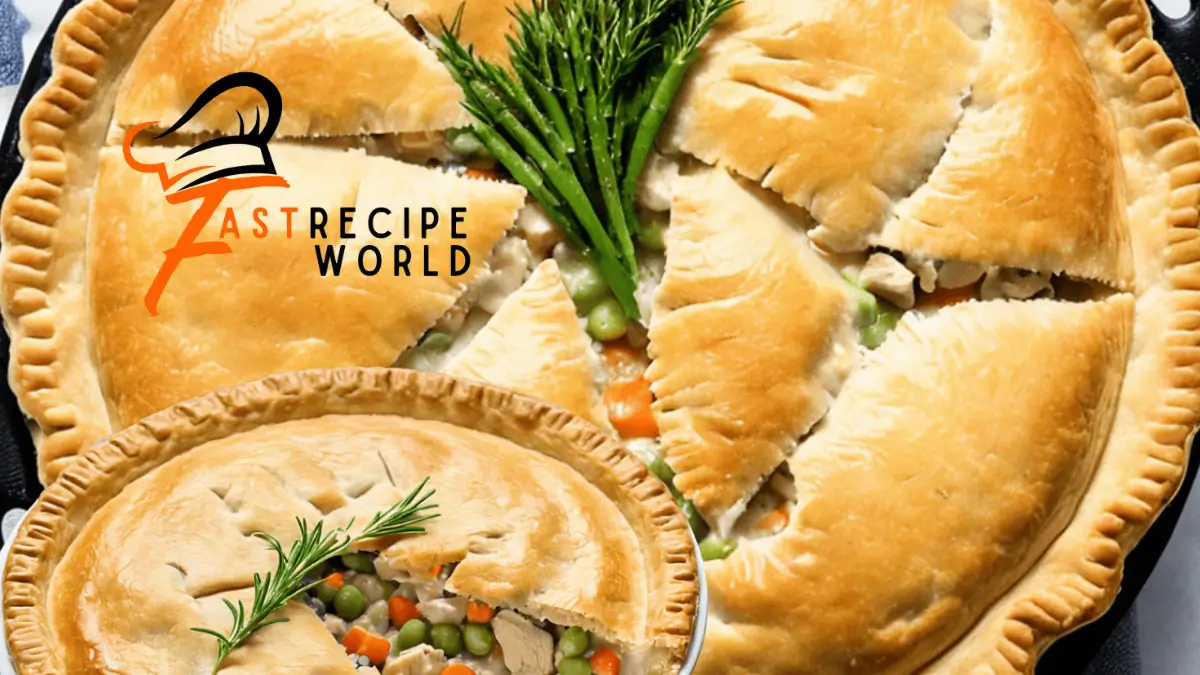
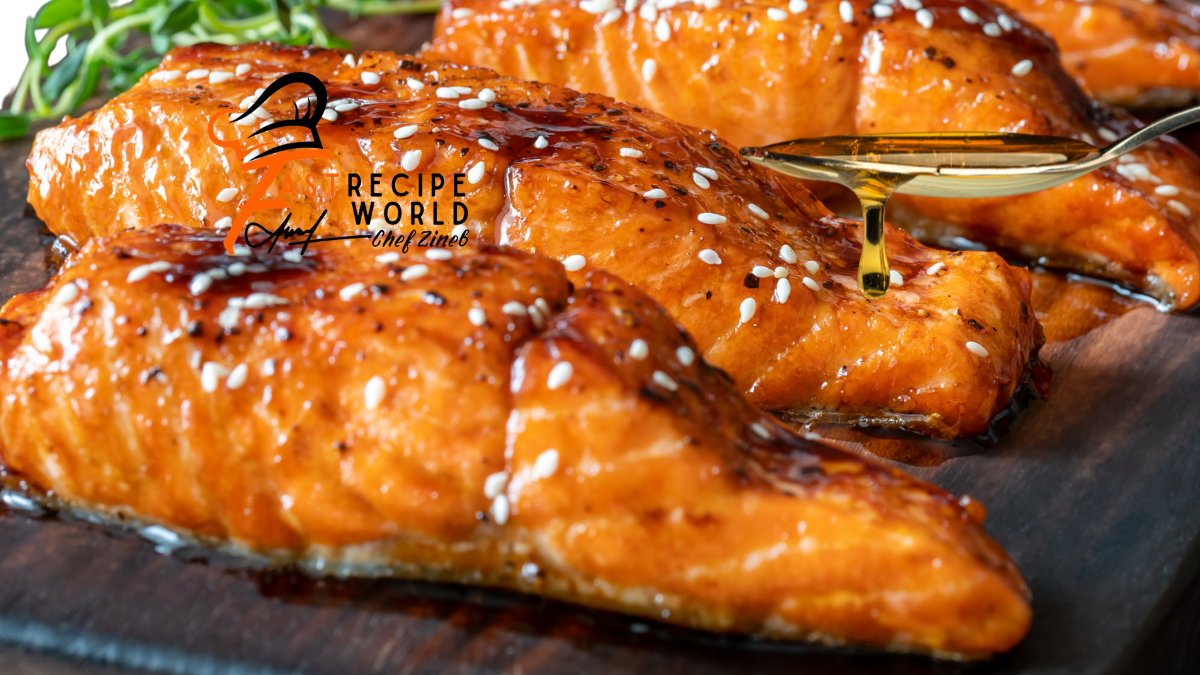




Leave a Reply